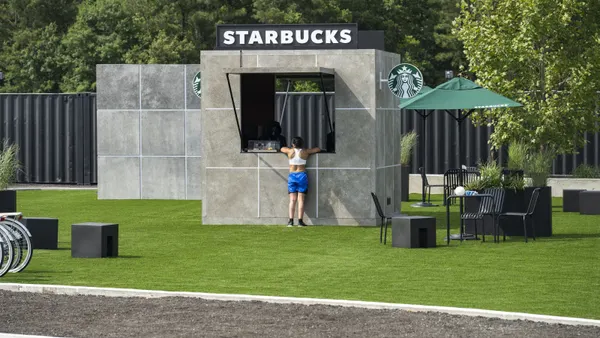Brief:
-
Procter & Gamble (P&G) saw its organic sales rise 5% in fiscal Q3 2019, the strongest gain in eight years, per an announcement. Sales climbed as the company increased prices to reverse years of trying to ward off weak demand with price cuts.
-
The CPG giant cut about $165 million in overhead including ad agency and production costs last quarter, about 59% more than in the prior quarter, and continues to reinvest savings into marketing, Ad Age reported. CFO John Moeller, in a media call, said advertising as a percentage of sales was "down slightly" in the quarter but that the marketing effort had improved. Improved data and analytics helped the company to avoid wasteful media spending by reaching more people rather than delivering the same ad message to the same people repeatedly.
-
P&G is disrupting brand building with "digitally enabled one-to-one mass marketing," Moeller said. The executive also reported that, across the CPG category, sales coming from promotional activity is down 5% while marketing spending is up.
Insight:
P&G’s latest results show that its strategy of eliminating costs from the media supply chain, including by moving business from agencies to in-house departments, and reinvesting those savings into marketing, continues to deliver results. Moeller reported that P&G has saved nearly $1 billion in agency fees and ad production costs over the last four years and suggested that more cuts are coming.
"We see more savings potential in these areas along with more efficiency and effectiveness in media delivery," Moeller said, on the conference call with analysts.
P&G last year introduced a new media model that shifted more of its marketing work in-house, giving it greater control and flexibility in media planning, digital buying and investments in programmatic. P&G held a round of internal bids for some parts of its media business rather than running a traditional formal review. Included in the process were incumbent shops Hearts & Science and Carat, along with P&G's in-house team, which bid on seven categories across P&G's North American business, including fabric care, oral care, feminine care, personal health care, home care, skincare and baby care.
The CFO's comments also suggested that, across the CPG category, promotional sales are down as brands focus more on building their brands through marketing that engages consumers and underscores the value of the brands.
P&G is among the packaged goods companies that are testing consumer willingness to pay more money for big-name brands as the economy expands and wages rise at the fastest pace in the past 10 years. Kimberly-Clark, the maker of Huggies diapers and Cottonelle toilet paper, and Unilever, which sells Dove soap and Hellmann’s mayonnaise, also reported sales gains that were driven by higher prices, The Wall Street Journal reported. By passing more costs onto the consumers, brands are showing greater confidence after years of being reluctant to raise prices during a weak economic recovery. Brands also faced pressure from lower-priced store brands and online competitors.
Looking ahead, P&G forecasts a more difficult operating environment in the next fiscal year that begins in July. Rising transportation and materials costs will test the company’s ability to raise prices much more to preserve profit margins. Private-label and smaller brands are holding their prices steady, which will make them more formidable competitors, Kimberly-Clark CEO Michael Hsu said this week in a conference call. Walmart, the world's biggest retailer, and Amazon, the largest e-commerce company, in the past year have ramped up their private-label offerings to boost sales margins while undercutting the prices of big-name brands, Pymnts.com reported.
P&G's net sales during the quarter rose 1% to $16.46 billion, with foreign-exchange fluctuations having a negative effect on annual comparisons. The company's profit rose 9% to $2.75 billion from $2.51 billion a year earlier. P&G's management raised guidance on organic sales growth to 4% from a previous forecast in January of between 2% and 4%.











